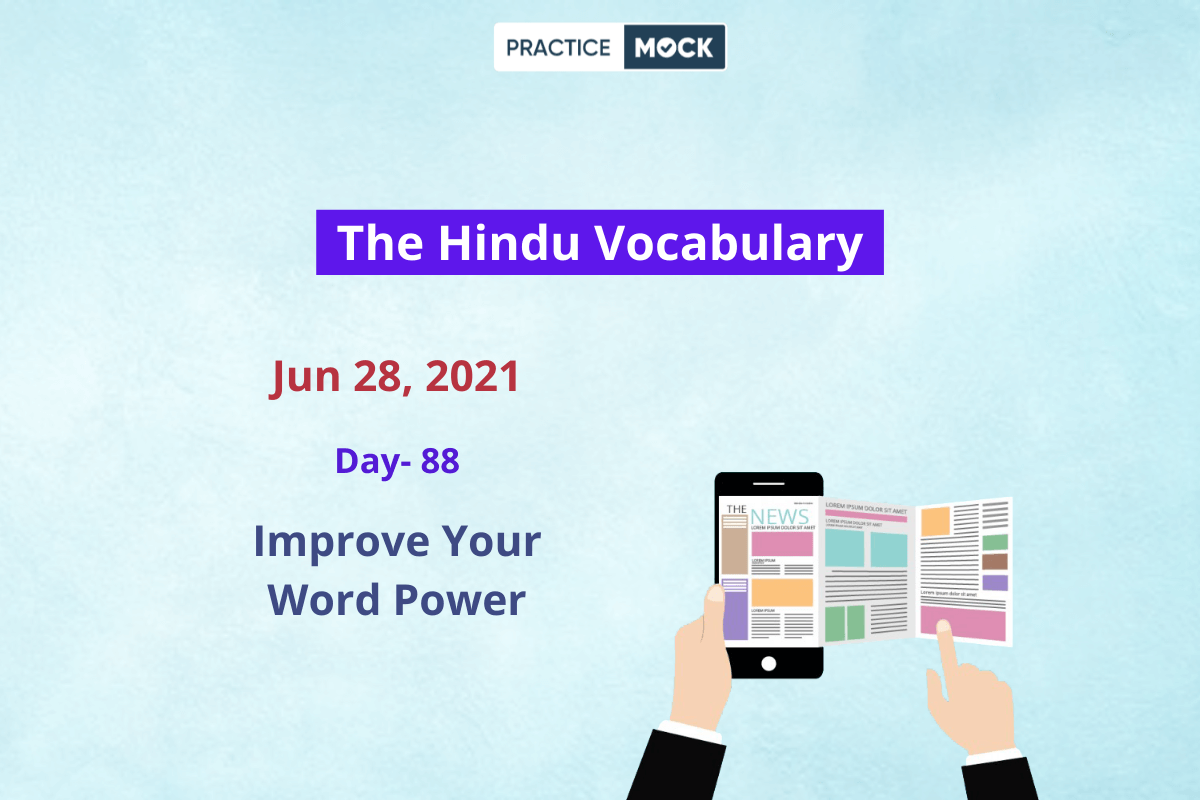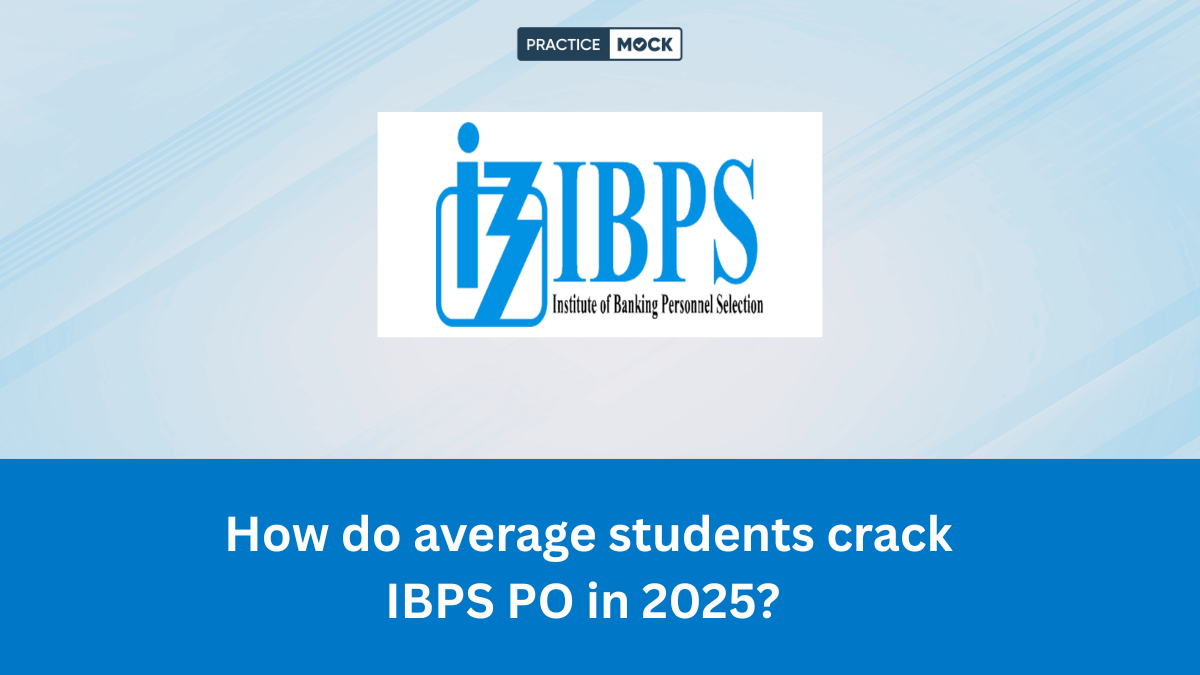

We hope that these editorial articles are helping you in your exam preparation. This series of Editorials’ Difficult Words will help you to understand the editorials of The Hindu in a better way. Today we have come up with the explanation of difficult words/phrases of the below editorial. Have a look and update your word power & general awareness by going through this editorial.
| Difficult Word/ Phrase | Contextual Sense |
| Seeding | to cause something to exist and develop |
| Wary | feeling or showing caution about possible dangers or problems |
| Devastating | highly destructive or damaging |
| Trifecta | a situation in which you achieve three things |
| Buffer | lessen or moderate the impact of (something) |
| Roll out | officially launch or introduce a new product or service |
| Tide | any large change in something |
| Uptick | A small increase |
| Vexing | causing annoyance, frustration, or worry |
| Sporadic | occurring at irregular intervals or only in a few places; scattered or isolated |


Caution and optimism: On preventing the third wave
Third wave may be weaker than second, but vaccination, preventive steps must stay high
India, with the second highest number of cases globally and third highest deaths, is seeing about 50,000 cases being added every day. Though on a decline, the second wave is far from over and several States are relaxing lockdown restrictions, which, experts say, may be seeding (to cause something to exist and develop) the ground for a potential third wave. In this context, a mathematical modelling study led by the scientists at the Indian Council of Medical Research (ICMR) and the Imperial College London, shows a wary (feeling or showing caution about possible dangers or problems) optimism. Will a potential third wave be as devastating (highly destructive or damaging) as the second, the scientists attempt to find out, and their answer is ‘no’. For that to happen, a trifecta (a situation in which you achieve three things) of “extreme scenarios” has to converge. One, over a third of those who have been infected in the past year must entirely lose their immunity. Second, an emerging variant of the virus must have a reproductive rate (R) over 4.5, or every infected person should be passing on the virus to at least four to five others. And finally, both of these must occur almost close to when the second wave has almost extinguished itself. This is beyond the transmissibility seen so far.
A third wave could be significantly buffered (lessen or moderate the impact of (something)) by expanding vaccination. Were vaccines to be rolled out (officially launch or introduce a new product or service) in a way to cover 40% of the population, with two doses until August, it could reduce symptomatic incidence by around 55%. Less than 20% of Indians have got at least one dose of the vaccine and only 4% fully vaccinated. The Centre proposes to vaccinate all adults — about 94.4 crore — by the year end. India’s States, which have at various times dealt with unprecedented crises during the tragedy, now have an estimate of what is needed to tide (any large change in something) out their peak phases. In that light, the ICMR’s projections can help with ensuring the minimum number of supplies and other infrastructure in the event of an uptick (a small increase). However, it should not be forgotten that this is after all a modelling study. None of India’s eminent institutions, in the early part of the year, forecast the scale and intensity of the second wave. There is also the vexing (causing annoyance, frustration, or worry) matter of breakthrough infections, that is those contracting the infection in spite of being vaccinated. Sporadic (occurring at irregular intervals or only in a few places; scattered or isolated) studies in India suggest that this percentage of infection is small, though there is still no clarity on the real-world effectiveness of vaccines in the light of variants such as Delta and Delta Plus. There is also, so far, no theoretical limit on how infectious the coronavirus can become. The ICMR’s analysis thus should not be taken as a forecast but rather a guidance and a reminder that along with vaccination, masks, avoiding crowds and physical distancing will remain the main defence against the virus for the foreseeable future.
Hope you got to know some new words/phrases which will definitely be useful in the English section of upcoming competitive exams. Wishing you all the best for your preparation!
Want to improve your vocabulary further? Download the Lists of Word-Meanings of Previous Months here.
Recent Posts
How do average students crack IBPS PO in 2025? Check Smart Ways of Preparation
In this blog, we have given detail information about the smart ways of preparation to…
Most Asked Para Jumble Questions for SBI PO 2025, Download Free PDF
Get the most asked para jumble questions free PDF along with the expert tips to…
IBPS SO 2025 Selection Process: Your Complete Guide
Dream of becoming an IBPS SO in 2025? Discover the complete selection procedure, including Prelims,…
How to Improve Focus and Clear the RBI Grade B Exam
To excel in the RBI Grade B exam, focus on one topic at a time,…
BOB LBO Recruitment 2025 Notification Out for 2500 Posts, Check All Details
Apply now for BOB LBO 2025! 2500 officer vacancies across India. Registration open from July…
IBPS PO 1 Month Study Plan 2025, Check Master Time Table
In this blog, we are providing a 1-month study to nail in IBPS PO prelims…



